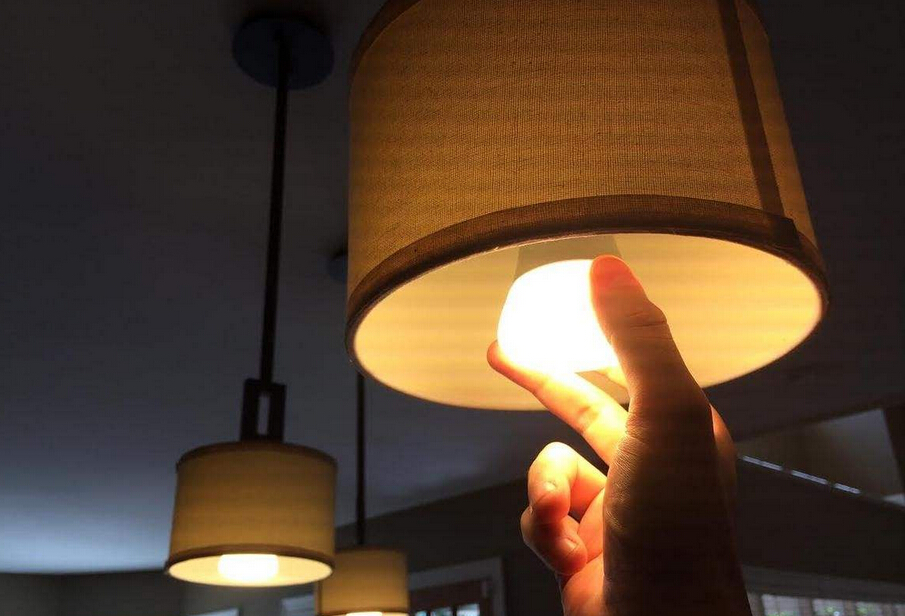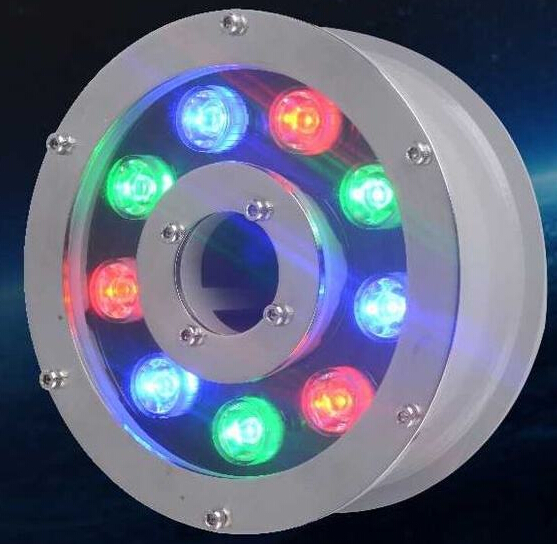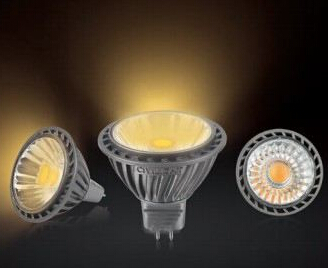In the past few years, smart lighting was mostly thunderous and rainy, and it was not really popular. However, with the diversification of products, continued technological advancement, the increasingly mature industrial chain ecosystem, and the active promotion of manufacturers in 2017, the global intelligent lighting market has entered a period of rapid development. According to the latest data from the LED Research Center, the global smart lighting market in 2017 is close to US$4.6 billion, with an annual growth rate of 95% and is expected to reach US$13.4 billion by 2020.
Industrial and commercial accounts for 60% of intelligent lighting, and the fastest growth in the residential sector
At present, the global smart lighting market still has to rely on the continued expansion of public infrastructure. The biggest driver is smart city construction. Thanks to the support of the government, major cities in the world are pushing for smart city plans and the pace of construction is expected to continue to accelerate. Therefore, the application of smart lighting in the public domain will be given priority.
With the government taking the lead in promotion, the social acceptance of smart lighting has increased. Intelligent lighting has the advantages of energy saving, convenience, and easy control, and the rise of the Internet of Things also allows companies to introduce the necessity of networked lighting. Therefore, in the commercial and industrial lighting market, the demand for intelligent lighting has grown rapidly. LEDinside data shows that in 2017, industrial and commercial lighting has accounted for 60% of the global smart lighting market size. Under the digital development, intelligent lighting will bring more new business models and value enhancements in these two areas.

In contrast, although the number of households that actually use smart lighting is still small, but with the improvement of consumer living standards, related policies (such as smart city extension policy) and the promotion of manufacturers, smart home lighting applications will gradually universal. LEDinside estimates that residential lighting will account for 23% of the global smart lighting market in 2017 and will increase to 31% in 2020. In the next few years, smart lighting and smart home will develop in parallel and will become the fastest growing application areas.
Networked lighting and key manufacturers under the smart city development
In recent years, global lighting manufacturers have adopted different strategies to accelerate the transformation and upgrading, and successively gave up general-purpose lighting with low profits, and attacked smart lighting with higher profits and better prospects.
















 RCCN WeChat QrCode
RCCN WeChat QrCode Mobile WebSite
Mobile WebSite







